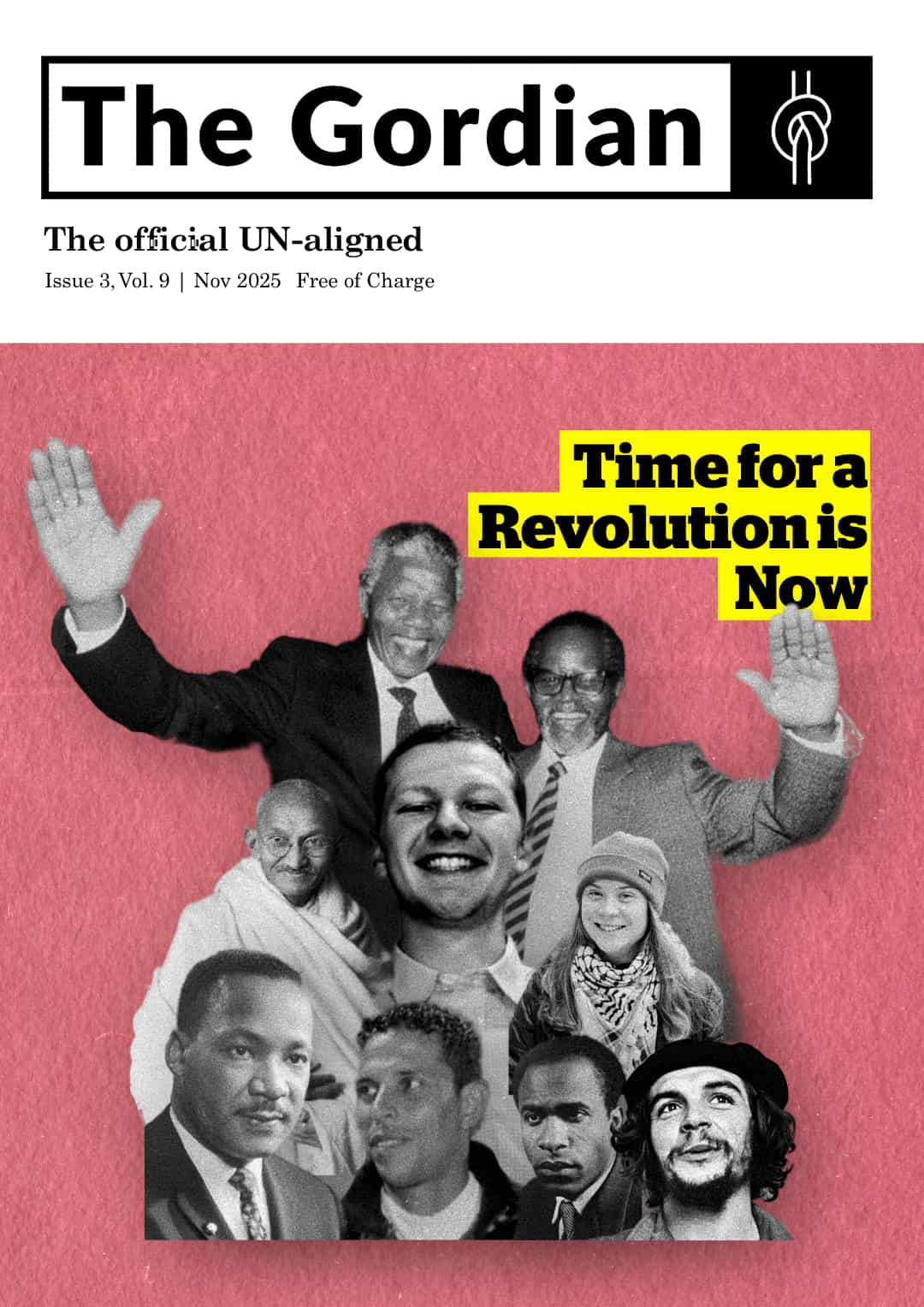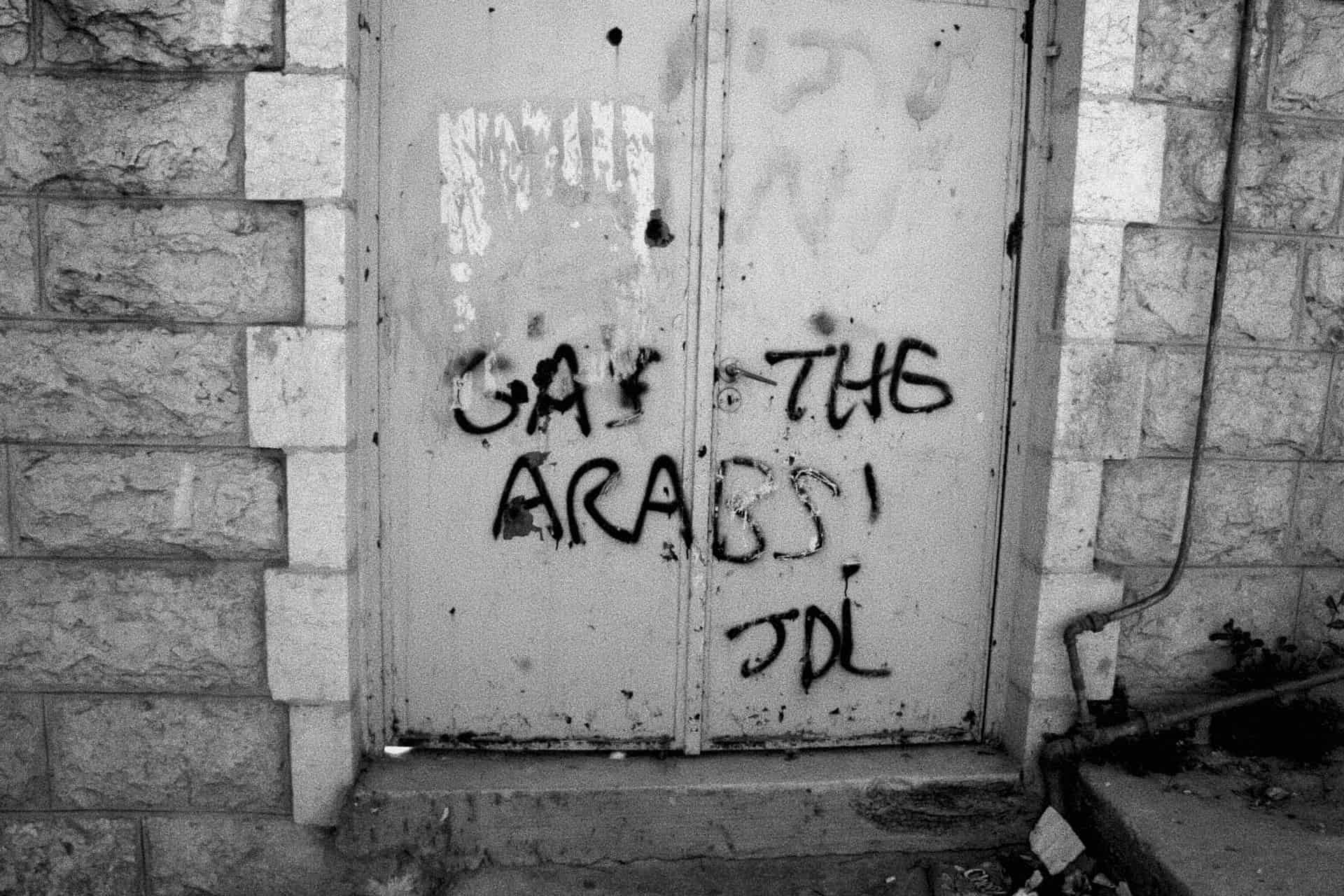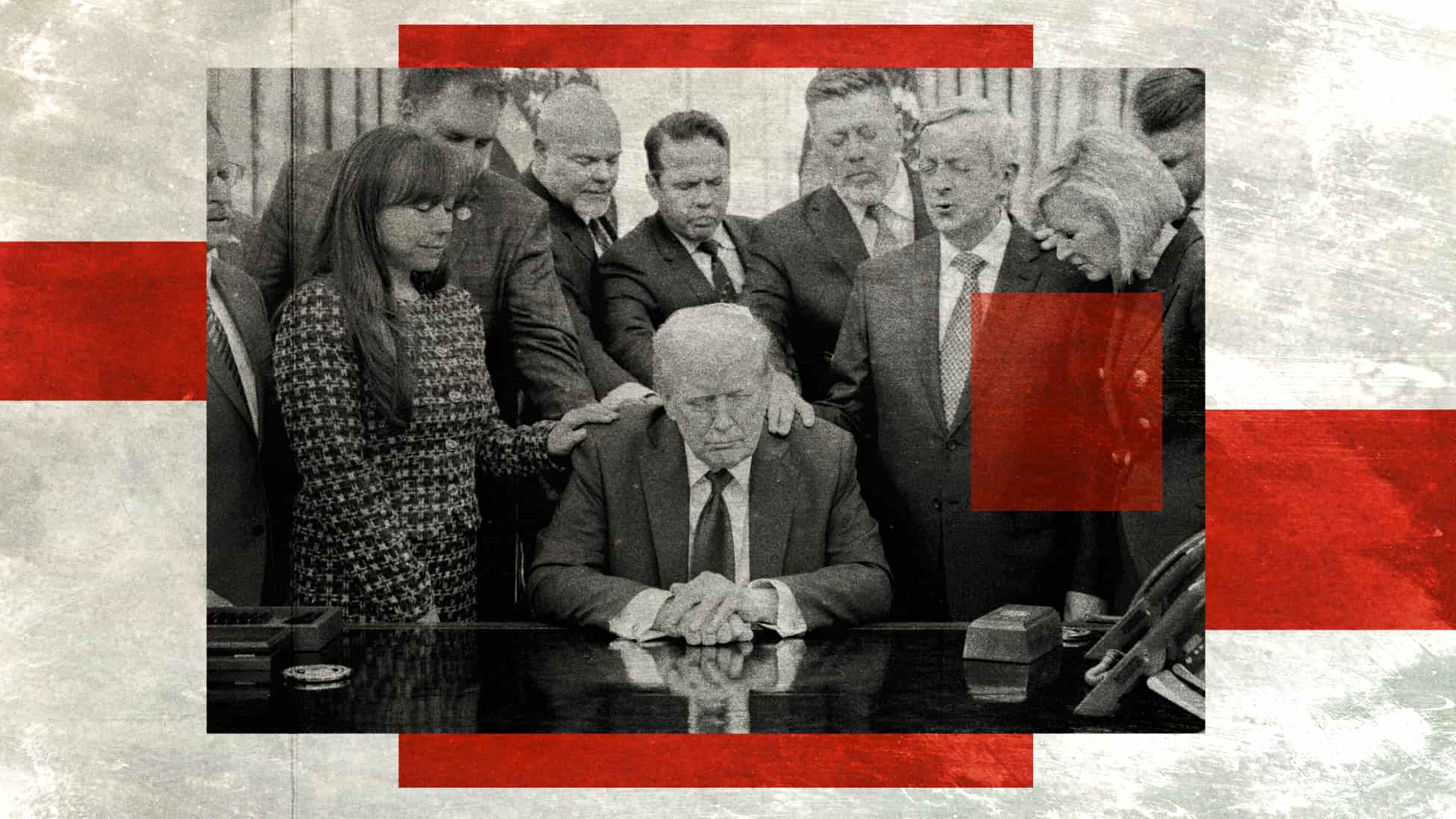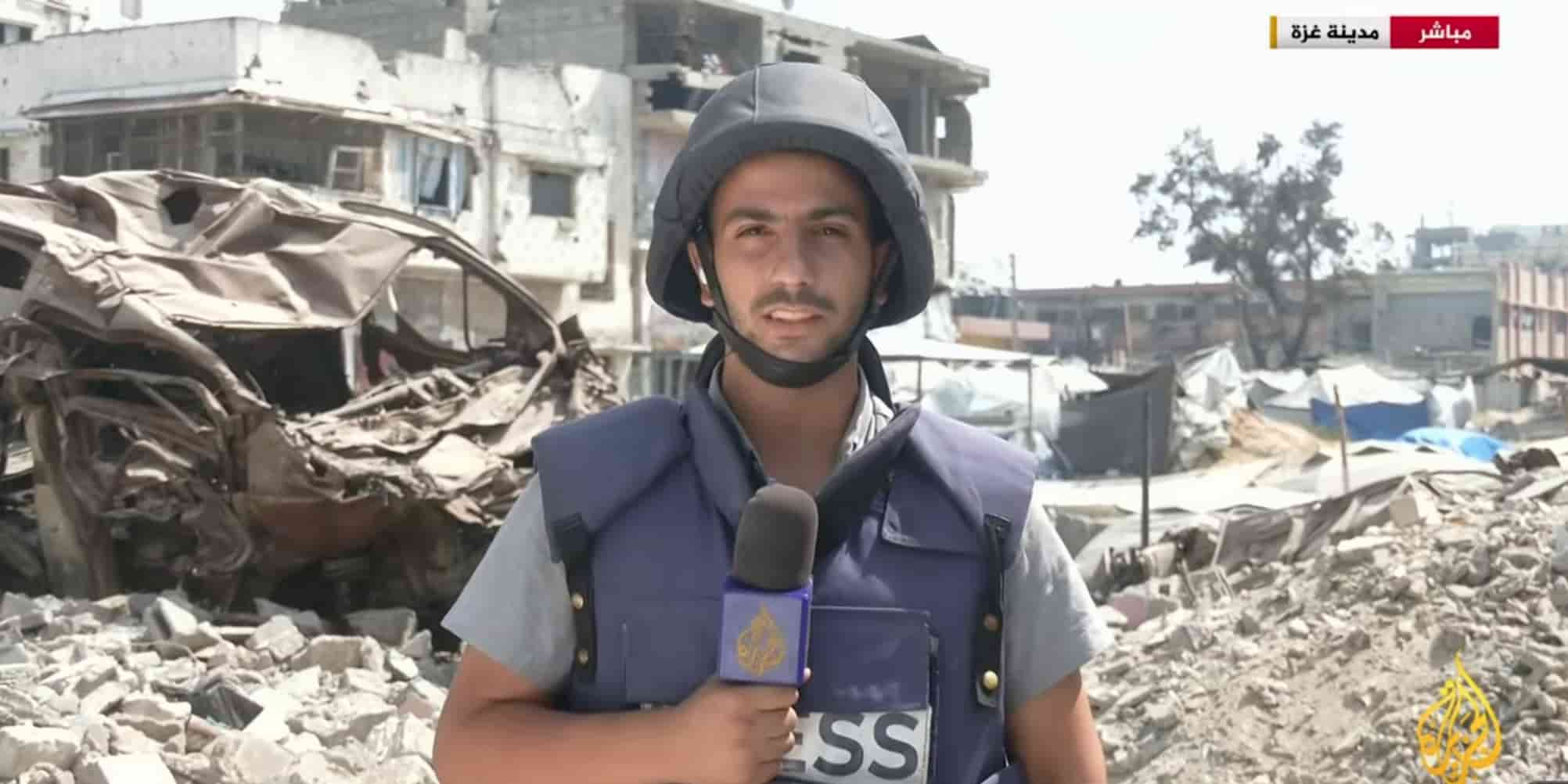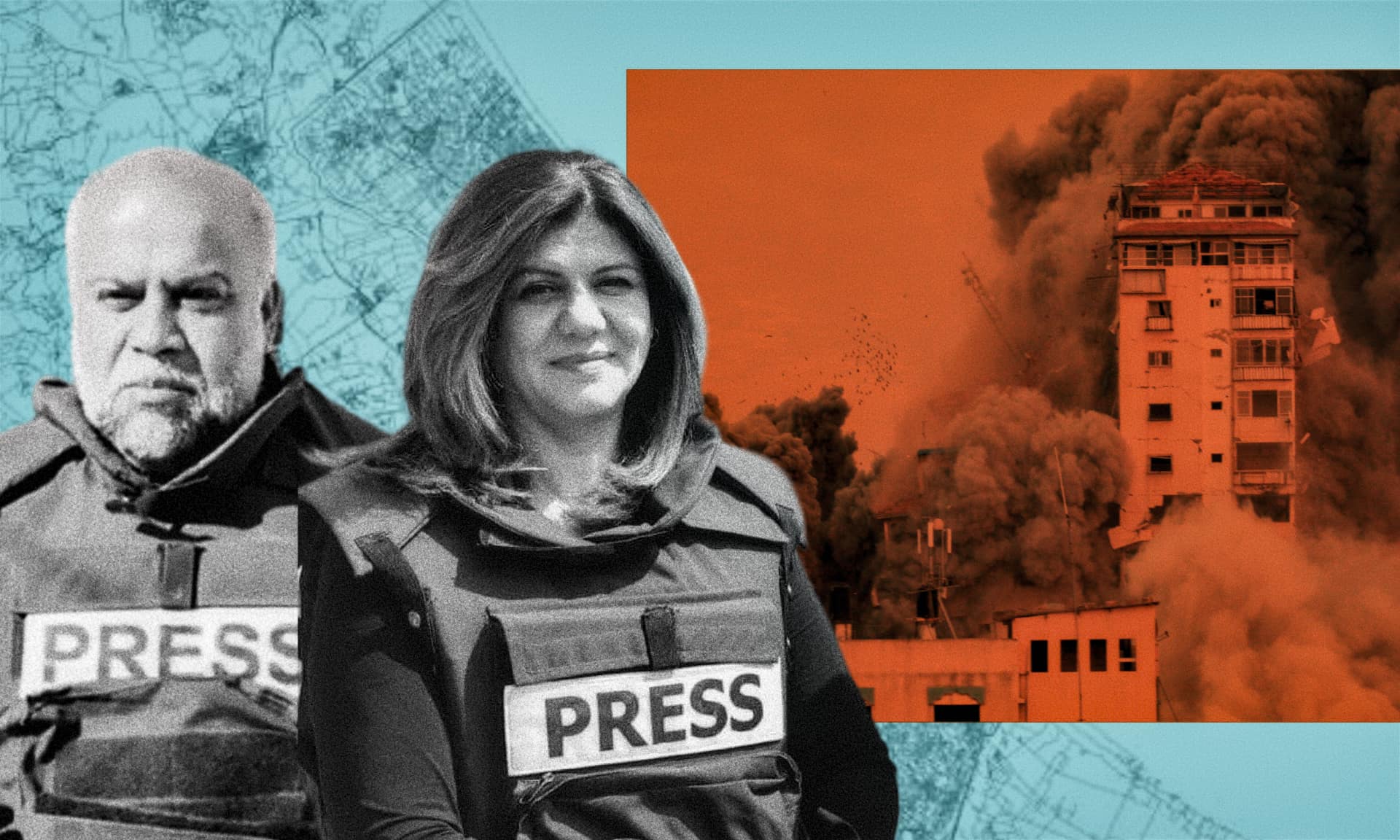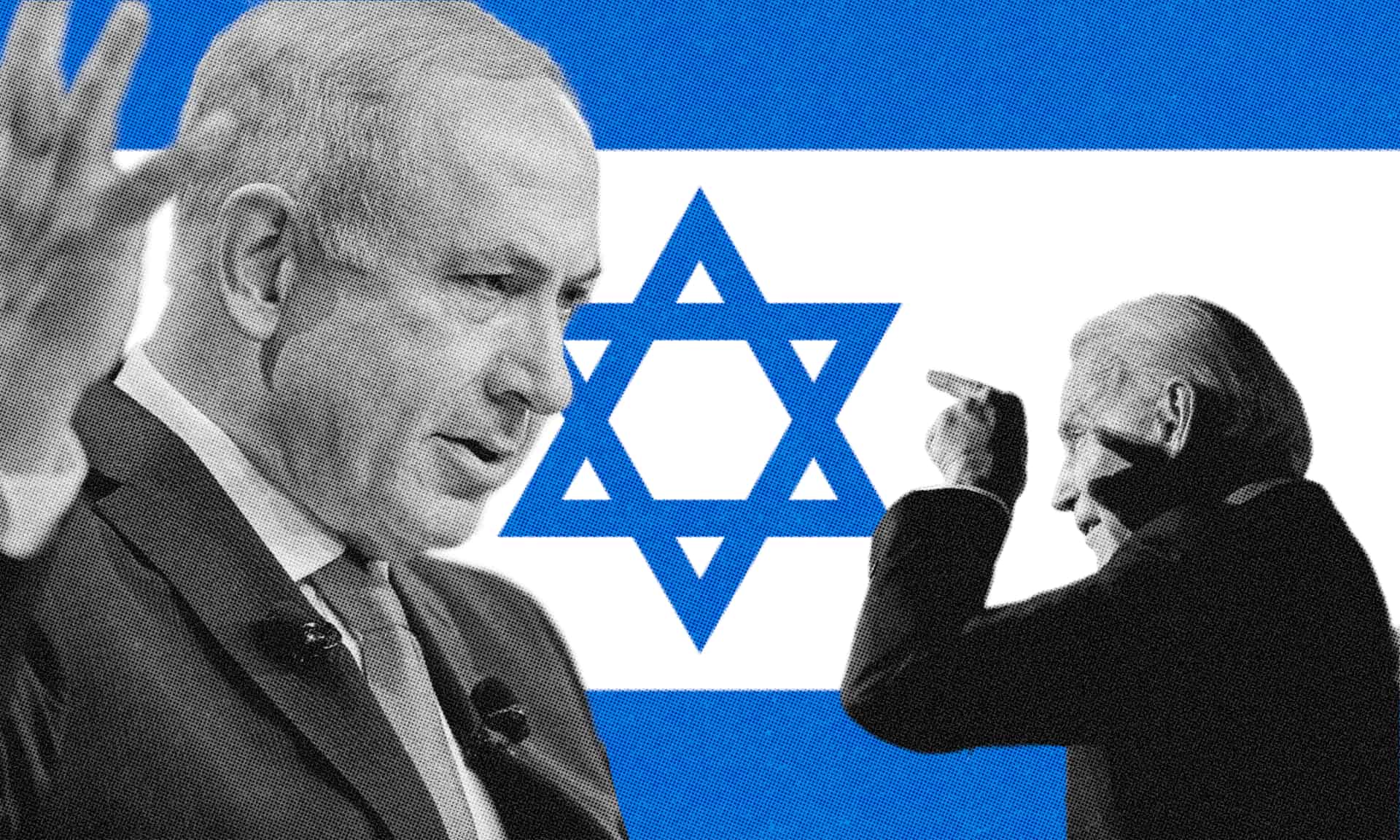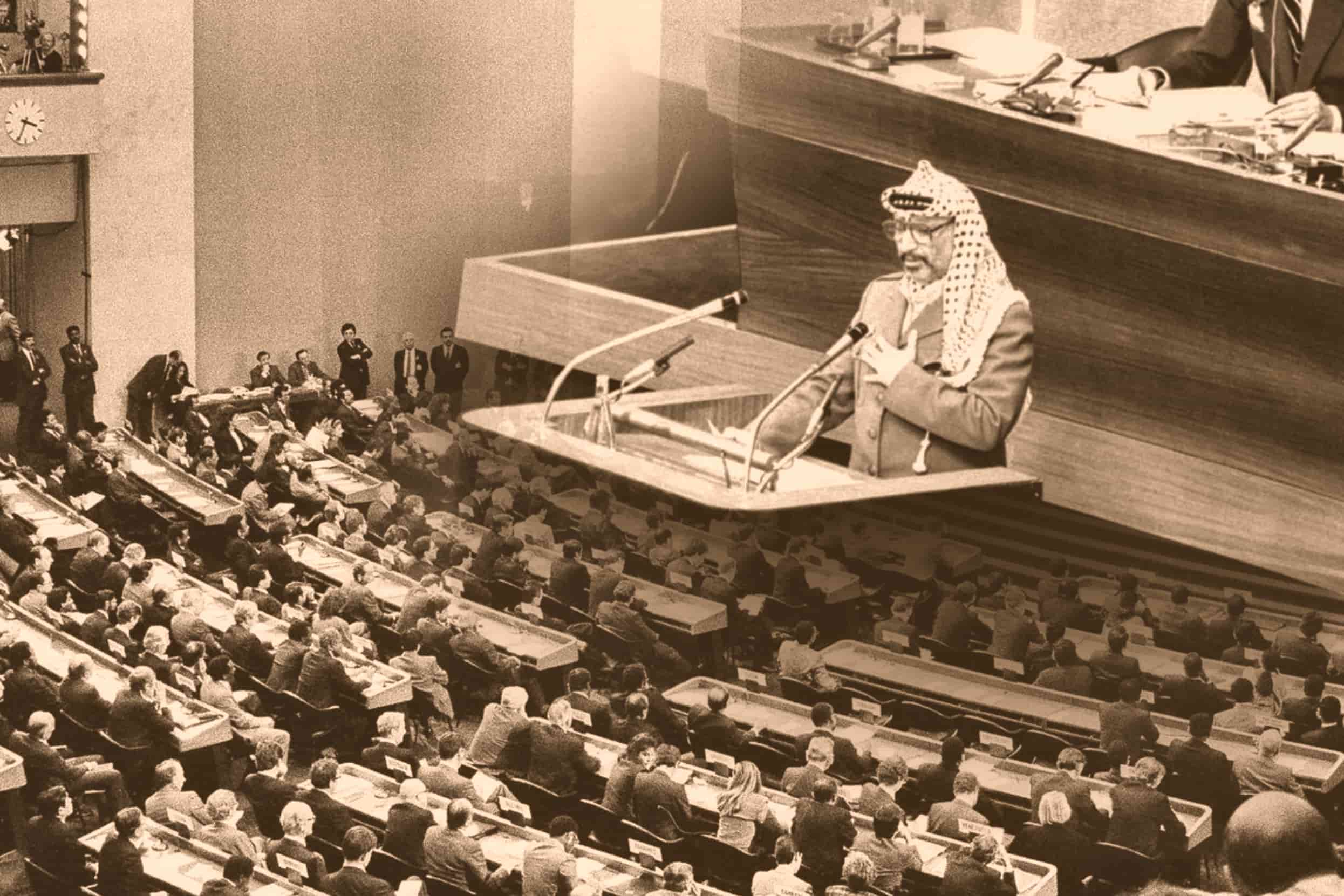“Is this the moment? It’s incredibly quiet outside, it’s the middle of the night… It’s incredibly quiet from the skies. Come on!” said UNICEF’s spokesperson from Gaza in a short filmed in the early hours of 9 October.
When Trump ordered Israel to “stop the bombing” on October 3rd, much of the world held its breath.
On that day alone, IDF soldiers killed 89 people, the next day another 70, then 24, then a dozen, then another dozen, then 8, then 27 more. On the 10th of October, in the occupied West Bank, they shot a man during a raid and blocked ambulances from reaching him.
Yes, as the mainstream media was busy convincing us there was a supposed ceasefire, Israel killed more than 260 Palestinians.
It says everything that the Onion, a satirical newspaper, described the reality more truthfully than the entire Western press. “Israel agrees to go back to killing Palestinians on less frequent basis.”
Israel’s killing was never confined to its genocide; it has practised every crime under the sun for more than half a century to successfully ethnically cleanse Palestinians from their land.
Nevertheless, all genocides, however industrially executed, must be made to end. Trump’s plan provides the empire with a graceful way out through narrative control, and our media, ever at its service, is helping him manufacture it.
Re-framing genocide as “war”
The first, and most fundamental, achievement is the re-imposition of a fraudulent linguistic framework. The term “ceasefire” is a propaganda victory.
It presupposes a “war” between two comparable parties, a construct that the Western doctrinal system has laboured for decades to uphold.
A genocide’s end should be described as the cessation of genocide, halt to mass killings or other such terms, not a ceasefire. The latter implies equivalence and mutual consent, while genocide is a crime with victims and perpetrators, not two parties in conflict. To speak of a “ceasefire” in this context is to equate the violence of the occupier with the resistance of the occupied, which is a standard technique of imperial apologetics.

What makes this reframing so grotesque is that while only a year ago many still hesitated to name the crime, today the verdict is unanimous. Amongst those with the legal and moral authority to decide, there is no ambiguity left. Gaza is a genocide, not a war.
“If it’s a war, why are you targeting children in the head and chest? If it’s a war, why are you targeting medics? Why are you targeting hospitals? Why are you targeting journalists? Does that sound like a war?” Asked Norman Finkelstein in an interview with the Middle East Eye. “Or does that sound like a genocide?”
“In my opinion, anyone and everyone who described this as a war was complicit in the Israeli propaganda.”
Reinforcement of the hostage narrative
Once the war framing had taken hold, Western media quickly absorbed Israel’s stated objective of the “hostage rescue mission” and the “elimination of Hamas”, who are one of the more than 12 Palestinian resistance groups with the recognised legal right to take up arms against occupation.
These Israeli talking points became the architecture of coverage again, allowing the destruction of Gaza to appear as a legitimate military campaign.
It is a matter of record that Israel’s response was never constrained by the logic of a hostage rescue mission. Two years into its assault, below are some of the regime’s achievements in relation to its own declared goals.
Two years of genocide by the numbers
- More than 67,000 Palestinians killedin Gaza
- More than 170,000 total injured
- At least 20,000 children killed(around 2% of Gaza’s child population)
- Life expectancy in Gaza decreased by up to 50% in the first year
- 436,000 homesdamaged or destroyed (92% of total homes)
- 61 million tonnes of debris generated which will take 40 years to remove and process
- More than 80%of Gaza’s territory under evacuation order by Israel, or otherwise barred
- 2.1 millionPalestinians displaced (95% of Gaza’s population)
- 518 schools damaged or destroyed (90% of all schools)
- Famine declaredin parts of Gaza after Israel blocked the entry of aid including food, baby formula and medicine
Judged by its own stated objectives, Israel’s campaign has failed catastrophically. Hamas has repeatedly expressed willingness to release civilian hostages in exchange for a permanent end to the massacre, a condition Israel has consistently rejected.
Of the more than 240 captives taken on October 7, the vast majority were freed through diplomacy and negotiations, not military operations. During the six-day pause in the killing in November 2023, 105 hostages were released by Hamas in exchange for Palestinian hostages.
By contrast, as of February 2025, only three hostages have been rescued by the IDF through force, each operation coming at staggering civilian cost.
In February 2024, for example, an Israeli operation in Rafah killed 67 Palestinian civilians, including women and children, to free just two hostages.
According to Israel’s own intelligence, the IDF killed at least 30 of its own hostages, and possibly as many as 50, according to the Qassam Brigades. Amongst them were three captives who were waving white flags and carrying makeshift signs reading SOS.
The factual record speaks for itself, Israel has killed more of its own hostages than it has managed to free.
In an interview with Channel 4’s host Krishnan Guru-Murthy, overlooking a beach in Tel Aviv not far from one of the worst crime scenes of the twenty-first century, Israeli government spokesperson David Mencer insisted that Trump’s ceasefire plan should be called the “hostage release deal”.
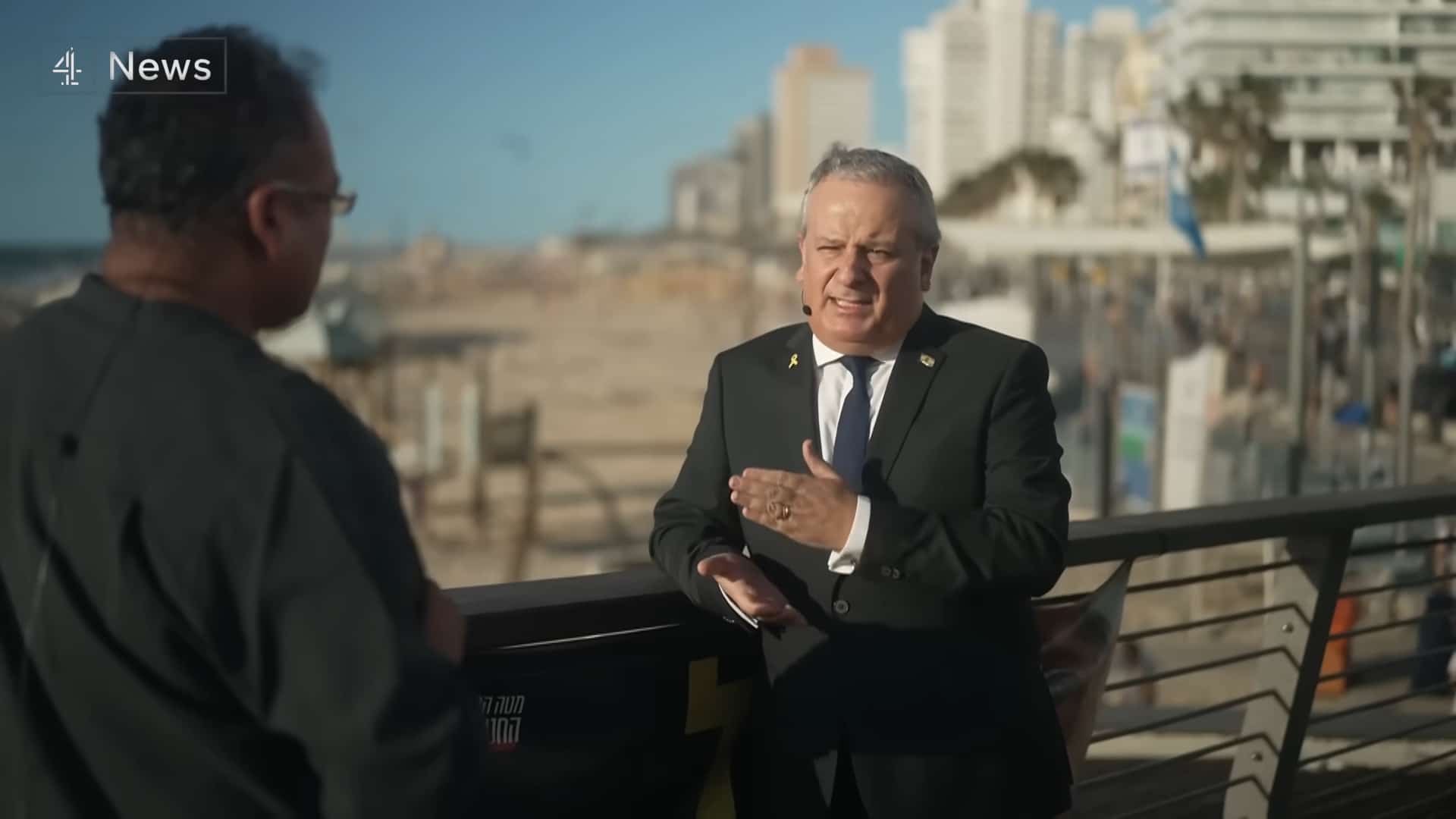
Later in the exchange, Guru-Murthy raises the suspicion that after the hostages are back, there could be a return to the killing. This is the conversation that followed:
Mencer: “Can we just celebrate that point? Can we be happy with that?”
Guru-Murthy: “You will obviously be happy…”
Mencer: “And you too, Krishnan, I hope…”
Guru-Murthy: “I’m sure the whole world will rejoice…”
This is a classic Israeli propaganda technique: force the world’s sympathy toward military and security personnel held by Hamas, rather than the 2.1 million people they are actively starving to death.
And Guru-Murthy, of course, does little to challenge it. He never asks the real questions one should ask of a regime committing genocide. Perhaps, “You’ve been ordered by the ICJ to end apartheid and are accused of genocide. Which crime will your government answer for first?”
But no. For the Western media, it is all just exchanging pleasantries on a beach next to a concentration camp.
Manufacturing innocence
Having reframed Israel’s two year onslaught as a war necessary to save Israelis, the media must then manufacture innocence for those who waged it.
For the spectacle to be effective, the Israeli public must appear as a peace-yearning population, weary of war, eager to move on.
The image is one of national relief, a collective exhalation after months of killing, as if there could ever be moral release from a crime of this scale conducted by a citizen army.
Polling conducted by Israeli institutions and reported internationally tells a very different story. Surveys by the Israel Democracy Institute and the Viterbi Center showed overwhelming majorities of Jewish Israelis supporting the siege of Gaza, even the blocking of humanitarian aid, with nearly eight in ten (79%) respondents saying they were “not troubled” by famine or civilian suffering (Israel Democracy Institute, February 2025).
A Hebrew University poll conducted by the aChord Center found that 64% of Israelis agreed with the statement “there are no innocents in Gaza” (Hebrew University, July 2025).
Another poll, carried out in March 2025 by Geocartography for Penn State University, recorded 47% of respondents endorsing the biblical injunction to “kill all inhabitants” of a conquered city and 82% supporting the forced expulsion of Gaza’s residents.
An earlier survey by Tel Aviv University and iPanel, conducted in October 2023, found that most Jewish Israelis believed the military force used against Gaza was either “appropriate” or “too little.” In such a context, there is no meaningful distinction between the state and its people.
Israeli human-rights organisation B’Tselem titled its belated report “Our genocide” for a reason. Because Israel’s genocide was never a state project, but a national one.
To note that some Israelis may wish for an end to what they call the war, or the return of their hostages, does not alter the moral balance. There is no equivalence between their pain and the devastation they have inflicted upon Gaza, nor with the anguish felt across the region and the world as millions have watched, helplessly, Palestinians being decimated.
However, in the media’s moral architecture, this responsibility is blurred to the point of inversion. Newspapers and broadcasters juxtaposed images of Israelis dancing in the streets and popping Champagne corks with those of Palestinians standing in the middle of a wasteland. Both are presented as parallel scenes of relief.
The result is by far one of the most disturbing scenes contemporary journalism has produced. The perpetrators of genocide and surviving victims depicted as sharing a common relief.
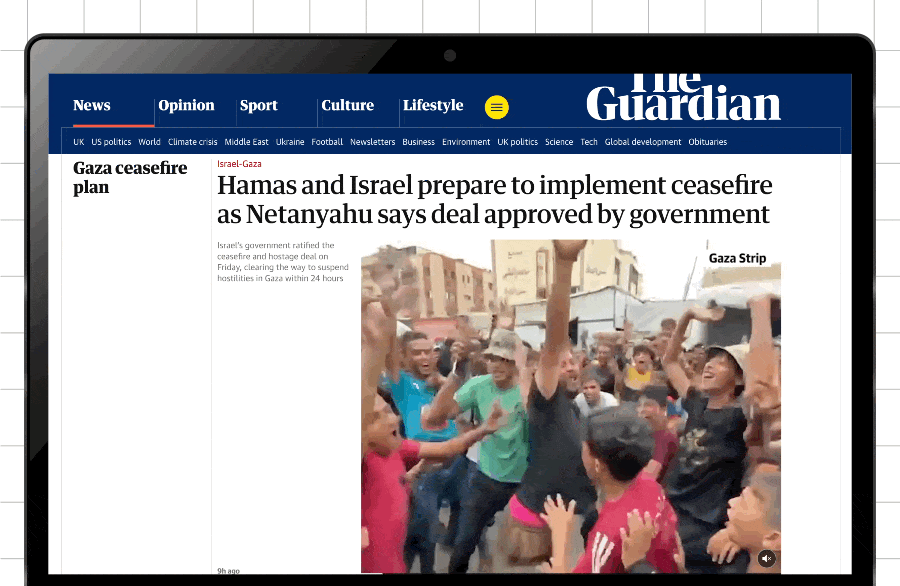
Manufacturing a triumph from complicity
The United States has never been an honest broker in Palestine. It is the architect, armourer and financier of Israel’s campaign. The bombs shred Palestinian children into shreds are American, the planes that drop them are American and the immunity that shields the perpetrators is secured by the American veto at the UN Security Council.

In the past two years alone, the United States has wielded that veto five times to protect Israel’s assault. From cutting UNRWA funding—which served only to extend Israel’s control of aid—to establishing the Gaza Humanitarian Foundation, which lured starving Palestinians with food before shooting more than 1,400 of them, every act has served to prolong the siege until nothing remains of Gaza.
Trump’s “peace plan” continues this tradition under a new banner. It seeks to manage domestic disquiet especially at a time when half of US voters believe Israel committing genocide in Gaza, and to satisfy isolationist factions of his cult (the MAGA movement).
The performance is an illusion of decisive leadership designed to disguise complicity as courage. It proposes not a change in policy but a change in optics, allowing empire to appear as redeemer rather than perpetrator.
The media has eagerly carried out this transformation.
A BBC article by Anthony Zurcher and Tom Bateman, for example, attributes the supposed Gaza breakthrough to Trump’s unique style, business acumen and close friendship with Netanyahu, presenting his personality as the decisive factor in ending what his own government had sustained for nearly a year.

The Guardian joined in chorus by hailing Trump’s “juggernaut” determination, depicting him as the indispensable broker who “put pressure on the Israelis” and “kept up the momentum” that supposedly brought an end to the “war”.
Nowhere does it pause to note that without US weapons and funding, Israel would have been incapable of waging that war on Palestine or that Washington could have halted it at any moment.
Placed side by side, these stories perform a quiet sleight of hand. They turn the empire’s sponsorship of annihilation into evidence of its moral authority.
In this logic, even the absurd speculation about a Nobel Peace Prize becomes meaningful. All while mainstream media eagerly advances the notion.
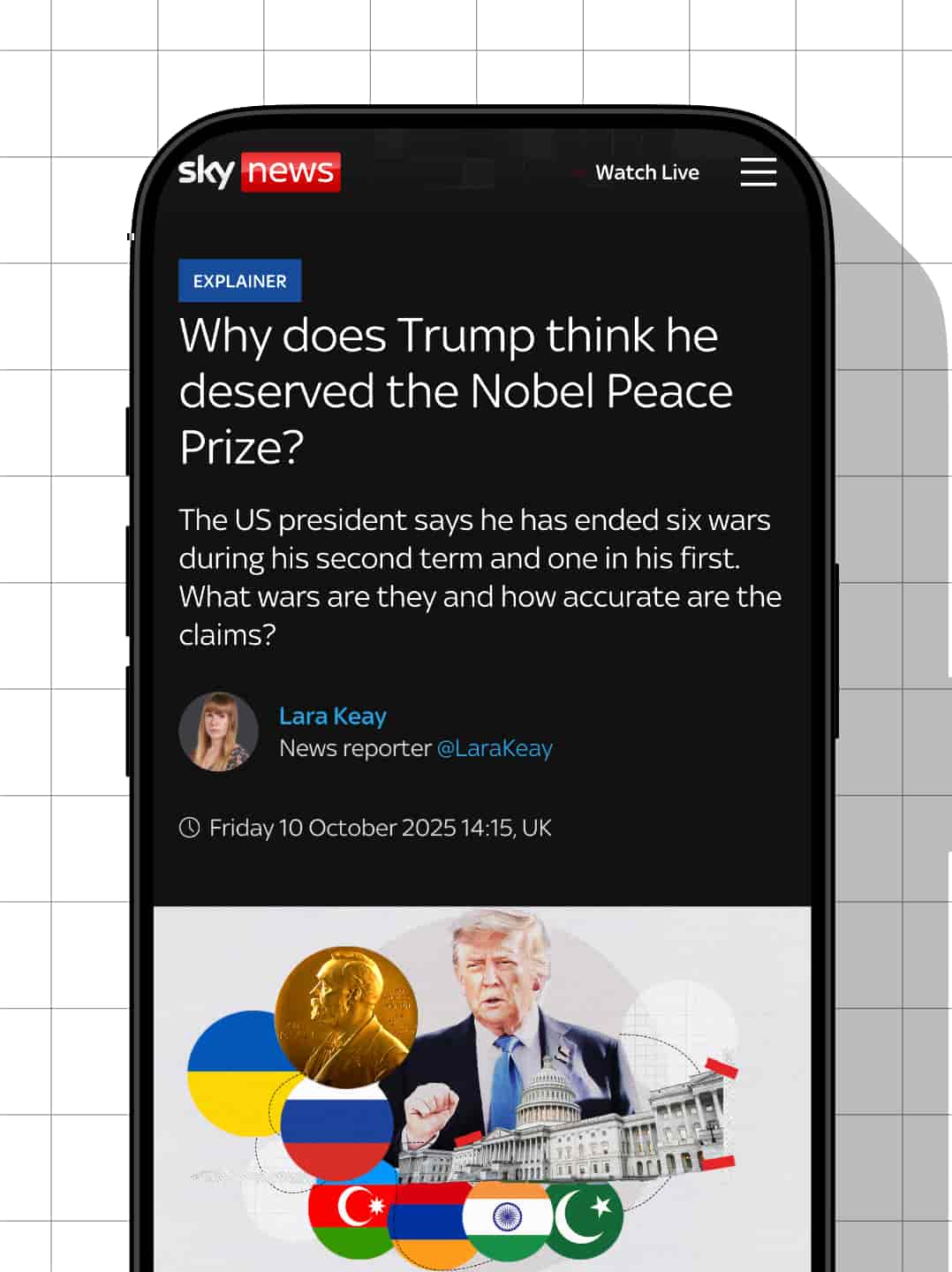
Within the logic of empire of course, such an award would be perversely fitting, joining past laureates like Henry Kissinger, undeniably amongst the top five mass murderers of the twentieth century, and Barack Obama. It is a well-established instrument for consecrating imperial violence as statesmanship.
Awarding it for an attempt to whitewash genocide would be grimly appropriate. The award ultimately went to US-backed Venezuela’s opposition leader Maria Corina Machado, who later called Trump to tell him “I’m accepting this [award] in honour of you, because you really deserved it”.
Israel is facing intensifying isolation. Calls for its suspension from international bodies, for its prosecution under the Genocide Convention and even for its abolition as a state are growing louder. Trump’s 12-point plan intends to interrupt this process.
By celebrating Israeli normalcy, it offers the world a way to move on without confronting what Israel has done, what it is doing, or what it will do once the world looks away.
In an interview with The Electronic Intifada, investigative journalist Jeremy Scahill, who has firsthand knowledge of the negotiations from speaking with Hamas leaders, articulated the risk that comes with the appearance of peace:
“The risk always is that if there’s the appearance of peace… people drop the attention span. That’s what every Palestinian I know is saying: even if the bombs stop falling, don’t forget us. Don’t abandon us and think that because 600 trucks a day start coming in… that it’s over. It’s not over. In many ways, it’s just beginning.”

